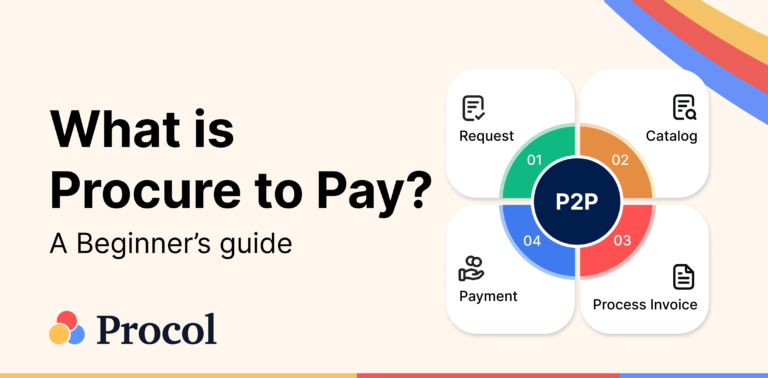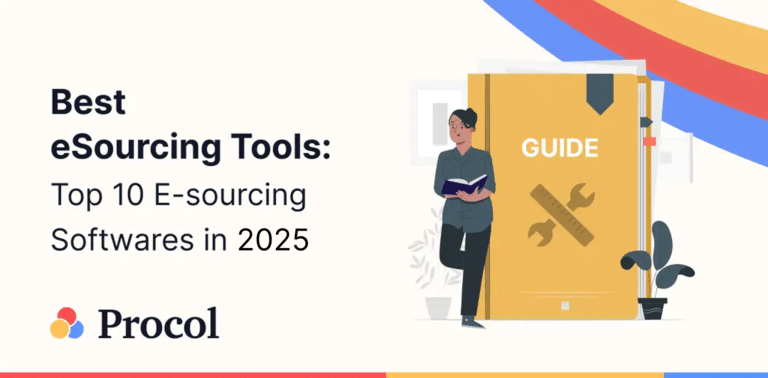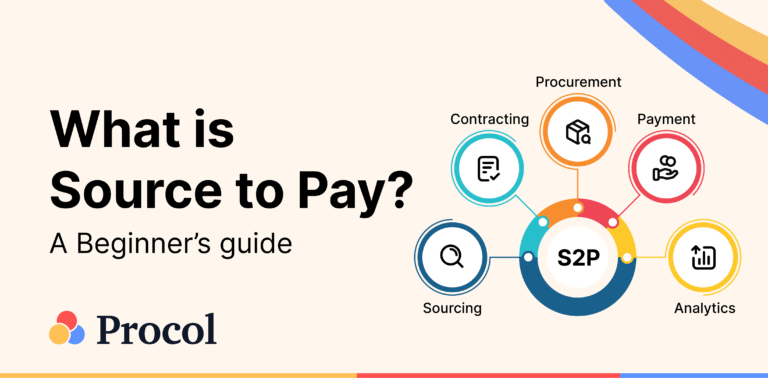Procol • April 15, 2025
How to choose the best procurement software for Manufacturing ?

Procurement is a series of operations, procedures, and tasks carried out with the goal of purchasing materials, machinery, devices, accessories, and instruments to ensure that the work order process runs successfully. It serves as a link between the manufacturing process and the marketplace.
Table of content
- 1.1. Latest trends in Procurement automation
- 1.2. Quick guidelines on selecting the best procurement software for Manufacturing
- 1.3. Conclusion
To make procurement profitable, the right quantities and supplies must be considered. Additionally, cost-effectiveness is achieved by locating lower-cost suppliers and materials, as well as covering procuring costs. We know the primary purpose of the procurement is to ensure a consistent supply of products at the lowest possible price: the correct quantity, under the right settings, at the right time, from the suitable sources, and with the appropriate quality and to achieve this with complete accuracy procurement automation solutions in the form of procurement software is essential.
Good procurement software automates the whole procurement cycle in an organization, starting with creating and applying a procurement plan, processing procurement requests, procurement execution, bid collection and evaluation, bid selection, contracting, tracking procurement realization, and procurement planning and reporting.
Procurement automation aims to simplify administration and improve buy and sell procedures by handling purchase orders, requisitions, and invoicing. It automates purchasing procedures, manages, and maintains inventory to ensure that plans and objectives are met.
Types of Procurement software
To select the best procurement automation solution that matches your needs, you must know briefly about the major types of procurement software. These systems are all split into two groups based on how they are installed: cloud-based and on-premise procurement software.
When compared to on-premise systems, cloud-based procurement software solutions frequently give more versatility and performance. A cloud platform can adapt to changing requirements and priorities while also providing more processing power to the user. In terms of mobility, on-premises systems require substantial investment in services and tools, whereas cloud solutions provide mobility without extra costs or fees. Supplier Discovery, Supplier Information Management, e-Sourcing, e-Procurement, e-Invoicing, Spend Analysis, and Complete Suits are some of the many features available in procurement software.
There are numerous types of procurement software available based on license model, depending on the demands, business objectives, and future ambitions of the company:
- Open Source Procurement: This refers to software that is open source and has the source code available.
- Free Proprietary Procurement: These are limited versions of full-featured proprietary procurement software.
- Proprietary Procurement: An exclusively purchased version of procurement software that is offered in the cloud or as a standalone for client/user server.
Latest trends in procurement automation
The following are the most recent important trends in the procurement automation industry:
- Indirect Procurement: It stimulates and supports decision-making processes while also providing teams with helpful insights to aid firms in making data-driven decisions.
- Tools for self-service: These increase customer satisfaction and lower administrative expenses by allowing users to convey their needs.
- Myriad transactional solutions support this mode: It is meant to effectively manage and control substantial portions of the company’s indirect expenditure.
- End-to-end procurement automation technology: The primary objective is to strengthen and improve customer-to-client collaboration.
Quick guidelines on selecting the best procurement software for manufacturing
The following must-have qualities will assist you in selecting the best procurement software for your company.
-
The System should be simple to work with: One of the most critical elements to consider when purchasing procurement software is how easy and convenient it is to use. The interface of the procurement software should be user-friendly. To ensure the software works for you and your team, it is highly recommended that you opt for a free trial first. This will help all the users to gain a complete understanding of the functionalities and features of the proposed software. The free trial will enable you to discover and understand the degree of flexibility that procurement software provides for end consumers.
-
Quick implementation: The team faces yet another problem following the purchase of the software: implementation. No one wants to go through a lengthy implementation procedure, which is quite understandable. It is preferable to have a thorough understanding of your software before deciding to purchase it. You can look for Plug and Play Procurement software that can go online in a matter of days, saving you a lot of time and money.
-
Responsive Customer service by software providers: While your business is employing purchase order software, there may be a technical fault. It is crucial to ensure that service providers give you the best customer support possible in the event of a technical problem. The firm can select the top ERP cloud providers who can extend their services in terms of assistance for optimal results. You must gather feedback from at least two current users of the procurement software you intend to purchase.
-
The software fits your manufacturing and business processes: Every procurement software solution does not meet the needs of every business. Before you begin looking for the best procurement software for your company, you must first develop your manufacturing and business process document. This offers you a better idea of how effectively your company’s procurement process fits into the procurement software under consideration.
-
Determine the Customization Options: Once you have seen a demo or started using the trial version, you should start writing down all of the features that are present in your company’s current process but not in the procurement software under consideration. After that, divide the characteristics into must-have (MH) and good-to-have (GH) categories. Later, talk to the seller to figure out what features can be added and how much it will cost. Make your decision by referring to the data you collected.
Conclusion
There is no one-size-fits-all when it comes to selecting the right procurement software. Presently there is a lot of software that is conveniently accessible and provides immediate access to meet the demands of the company.
With a free trial, you can see how the software fits into your business in terms of features, functionality, and business process. This will guide you in deciding and selecting the appropriate software that is compatible with the nature of your organization.
Stop guessing which procurement software is best for you, and book a personalized free trial with Procol today to gain industry insights and complete guidance!
Explore more from Procol
Discover expert tips, how-to guides, industry insights, and the latest procurement trends.

What is Procure-to-pay (P2P)? An Ultimate Guide
Procure to pay is the process from procurement of materials needed...

Best eSourcing Tools: Top 10 eSourcing Software in 2025
Discover top 10 e-sourcing tools and esourcing platforms necessary for efficient...

What is Source-to-pay in 2025? An Ultimate Guide
Source to pay is the process of sourcing vendors to procure...











